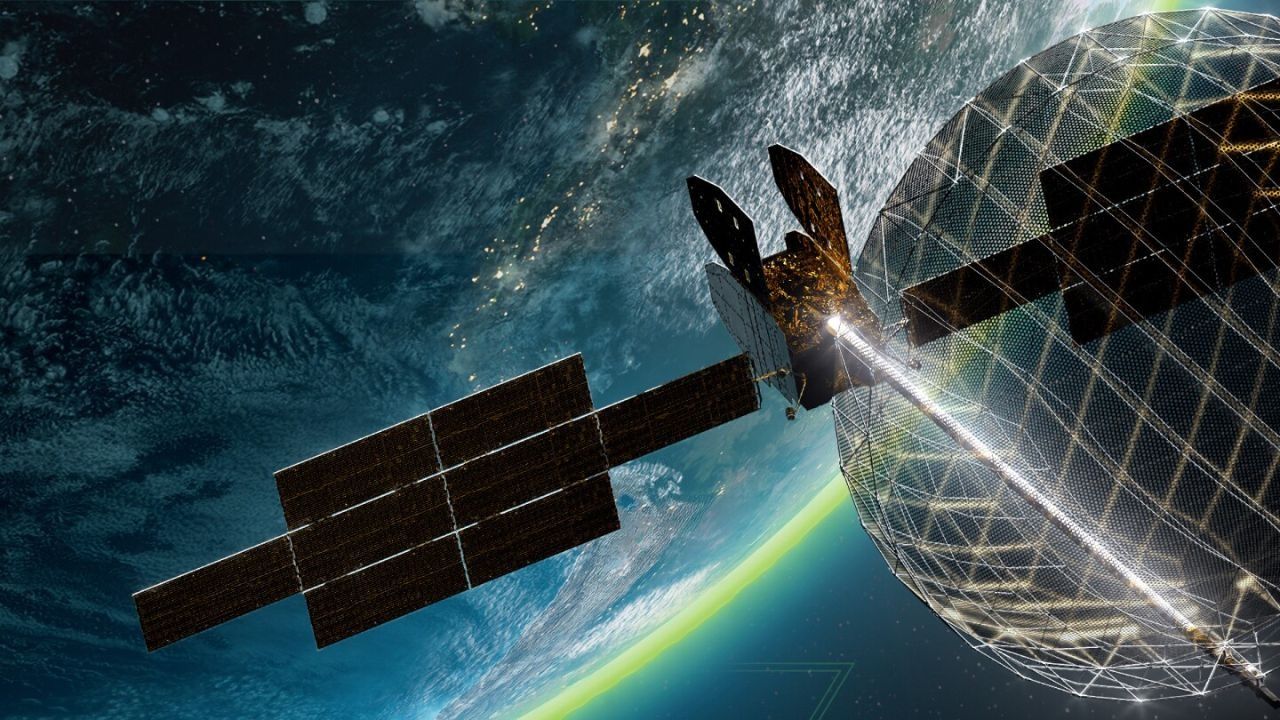New Delhi: The Indian Space Research Oragnisation (ISRO) is likely to launch a groundbreaking American communications satellite, enabling phone calls via direct connectivity from space. This innovative approach offers a more advanced form of satellite telephony compared to existing services.
This marks the first time an American company is launching a large communications satellite from India using an Indian rocket, as India has previously only launched small satellites from American entities.
According to reports, India’s Science Minister Dr Jitendra Singh announced that a US satellite for mobile communication will be launched in February or March. The satellite will enable voice communication on mobile phones, making it an exciting mission.
While neither India’s Science Minister nor ISRO has confirmed the identity of the American satellite operator, experts have identified AST SpaceMobile, a Texas-based company, as the likely candidate. The company is preparing to launch its significant communications satellite from Sriharikota.
AST SpaceMobile has emphasized that their technology will allow users to make voice calls from any smartphone, unlike other satellite-based services that require special handsets or terminals, such as Starlink. This feature sets AST SpaceMobile apart by offering more accessible mobile connectivity.
In an investor call last year, Abel Avellan, the CEO of AST SpaceMobile, confirmed the use of India’s Geo-synchronous Satellite Launch Vehicle (GSLV) for the launch. The company is set to launch a Block 2 Bluebird satellite, marking a significant step in its global communication ambitions, according to report.
The Bluebird satellite, which will be placed into low Earth orbit by India’s rocket, will feature a massive 64-square-meter antenna—roughly half the size of a football field—and weigh around 6,000 kilograms. This launch represents a major milestone for both AST SpaceMobile and India’s space capabilities.
Abel Avellan, the CEO of AST SpaceMobile, previously stated that the company has “invented a technology that connects satellites directly to ordinary cell phones and provides broadband internet through the largest ever commercial phased array in low Earth orbit.”
He further emphasized that AST SpaceMobile’s mission is to close the global connectivity gap and digitally transform nations by bringing “affordable 5G broadband service from space to billions of people worldwide, direct to everyday smartphones.”
An ISRO expert mentioned that this satellite will enable “direct to mobile communication,” with AST SpaceMobile aiming to place several large satellites into Earth’s orbit to power this groundbreaking technology.
ISRO experts have confirmed that AST SpaceMobile has enlisted India’s LVM-3, also known as the “Bahubali” rocket, to launch its Bluebird satellite. This marks a significant milestone for ISRO, as the American company has placed its trust in India’s rocket, which boasts a flawless success record.
This collaboration is a major boost for ISRO, signaling growing international confidence in the LVM-3. The rocket’s reliability is evident from its previous successful commercial launches, including two dedicated missions for the OneWeb constellation, a project with significant stakes from Bharti Enterprises, which also owns Indian telecom giant Airtel.
The introduction of satellite-based direct-to-mobile connectivity by AST SpaceMobile will directly compete with existing services like Starlink and OneWeb. Both companies rely on massive satellite constellations to offer broadband internet, establishing a highly competitive space for satellite internet services.
However, an ISRO expert pointed out that AST SpaceMobile’s strategy might differ slightly, as the company plans to deploy larger satellites. This could allow them to operate with a smaller constellation compared to the ones used by Starlink and OneWeb, making the technology potentially more efficient.
AST SpaceMobile has stressed that its technology is “designed to connect directly to mobile phones by becoming a pioneer as we create the first and only space-based cellular broadband network.” This bold move positions them as a key player in the satellite communications sector.
The company’s broader goal is to make cellular broadband accessible “almost anywhere,” ensuring that users can connect with the rest of the world, regardless of their location. They aim to provide connectivity where traditional networks cannot, especially in areas where telecom infrastructure is lacking or fails.
AST SpaceMobile further added, “We want to help people stay connected where traditional networks can’t, including when existing telecom infrastructure fails. We hope to welcome new populations into the global digital economy, opening up opportunities for work, education, social networking, healthcare, and more.” Their solution may not require users to switch cellular providers, as they are working with global mobile network operators to provide optional satellite connectivity when needed.
ISRO’s Upcoming Launch of US Satellite Could Enable Direct Phone Calls via Space world-news World News | Latest International News | Global World News | World Breaking Headlines Today




